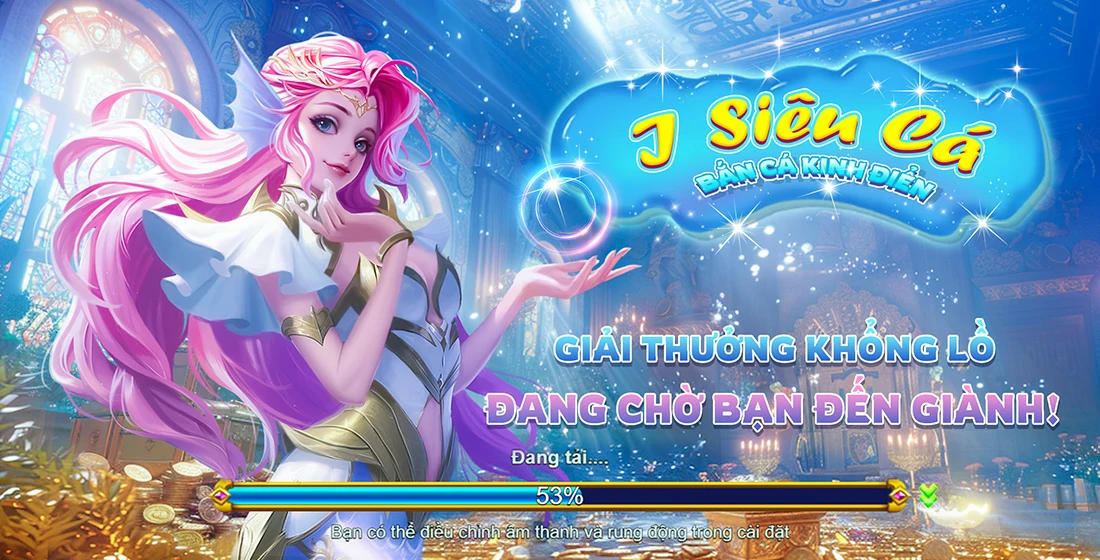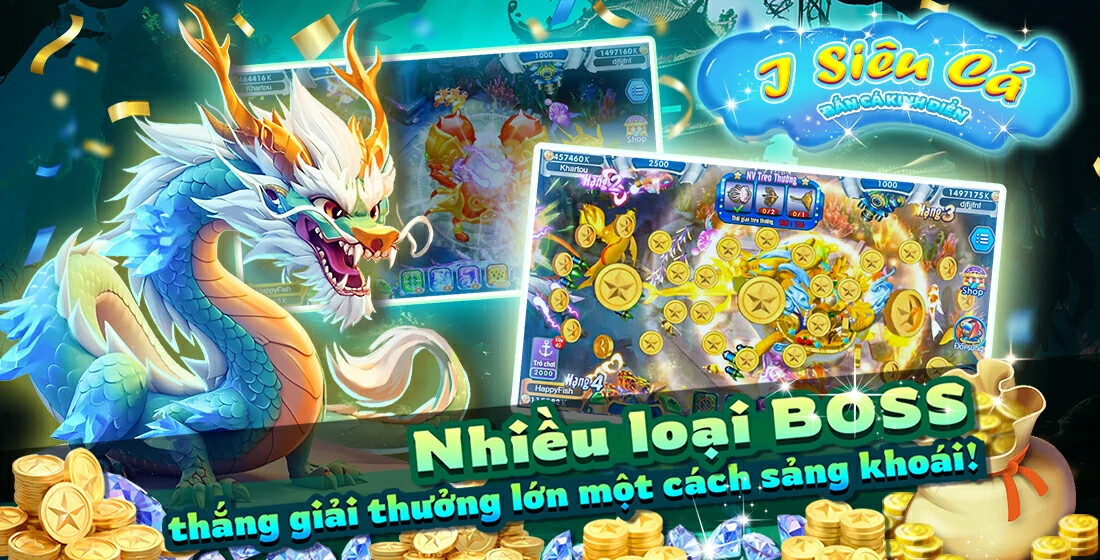Discovering the Power of Sandbox Games: How Educational Games Foster Creativity and Learning
Ever found yourself lost in a world rendered by your imagination? Welcome to the realm of sandbox games, where the only limit is your creativity. Whether you're tackling the infamous monster boy and the cursed kingdom haunted manor statue puzzle or exploring the various layers of a digital universe, sandbox games have emerged as a unique blend of fun and education. This article delves deep into how these games can ignite our creative faculties while simultaneously fostering learning.
What Are Sandbox Games?
At their core, sandbox games provide players with an open-ended environment to explore, craft, and interact. Unlike traditional video games that follow linear storylines, sandbox games give players the freedom to create their paths. Think of Minecraft, where blocks are your building materials, or Garry’s Mod, where you can manipulate the game's physics to create anything from a simple house to a complex roller coaster.
The Psychology Behind Sandbox Games
Why are sandbox games so engaging? Psychology researchers argue that the freedom of choice and the opportunity for self-expression are fundamental to human nature. Players are encouraged to adopt roles, test boundaries, and immerse themselves in imaginative scenarios, making these games a rich learning platform.
Educational Benefits of Sandbox Games
While gaming often gets a bad rap, there's a growing body of evidence highlighting the educational value of sandbox games.
- Enhancing Problem-Solving Skills: Games like monster boy put players in challenging scenarios, demanding critical thinking to progress.
- Encouraging Creativity: The open-ended nature encourages players to think outside the box, crafting unique solutions.
- Fostering Collaboration: Many sandbox games promote multiplayer experiences where players must communicate and work together, enhancing teamwork skills.
Case Study: The Impact of Educational Games
Let’s take a look at how certain games have made an impact in educational settings:
| Game Title | Educational Focus | Age Group |
|---|---|---|
| Minecraft: Education Edition | STEM, Language Arts | All Ages |
| Kerbal Space Program | Aerospace Engineering | 10+ |
| Roblox | Coding, Game Design | 8+ |
The Art of Storytelling in Sandbox Games
Storytelling is an art form that can be effectively integrated into educational games. Players revel in creating their narratives, allowing their creativity to take the driver's seat. This form of storytelling not only enhances engagement but also deepens comprehension of the subject matter.
Understanding the Appeal of Puzzles
Puzzles in games like monster boy and the cursed kingdom challenge players mentally. Whether it’s solving a haunted manor's mysteries or maneuvering through mazes, puzzles stimulate logical thinking and promote cognitive development.
Learning Through Exploration and Experimentation
The beauty of sandbox gaming lies in exploration. Players can try different approaches without the fear of failure. For instance, experimenting with various strategies to overcome obstacles further solidifies learning.
The Role of Gamification in Education
Gamification applies game elements in non-gaming contexts to boost motivation and engagement. Sandbox games capitalize on this by rewarding exploration and creativity, making learning less monotonous and more interactive.
Creating Engaging Learning Environments
Sandbox games have the potential to transform standard educational setups into engaging learning environments where creativity flourishes. By leveraging these games, educators can harness students' interests, making lessons far more captivating.
The Influence of Multiplayer Experiences
Multiplayer sandbox games encourage social interaction among players. This collaboration not only fosters camaraderie but also leads to shared learning experiences, enhancing the overall educational aspect.
Integrating Technology in Learning
As technology advances, the integration of educational games in curricula becomes more feasible. With the growing popularity of sandbox games, educators should consider their implementation as they align with modern learning styles.
Future of Sandbox Games in Education
The future looks bright for sandbox games in education. With continued advancements in technology, possibilities for immersive and interactive learning experiences are virtually limitless.
Conclusion
In a world that’s often driven by rigid structures, sandbox games offer an inviting alternative—a space where creativity reigns, where learning is intertwined with play. From enhancing problem-solving skills to fostering collaboration, the advantages are clear. It’s time we align educational philosophies with these engaging tools and promote creativity and learning hand in hand. So, whether you're battling through a haunted manor or commanding a digital universe, remember: every moment spent in these sandbox worlds is a step toward expanding your horizons.



